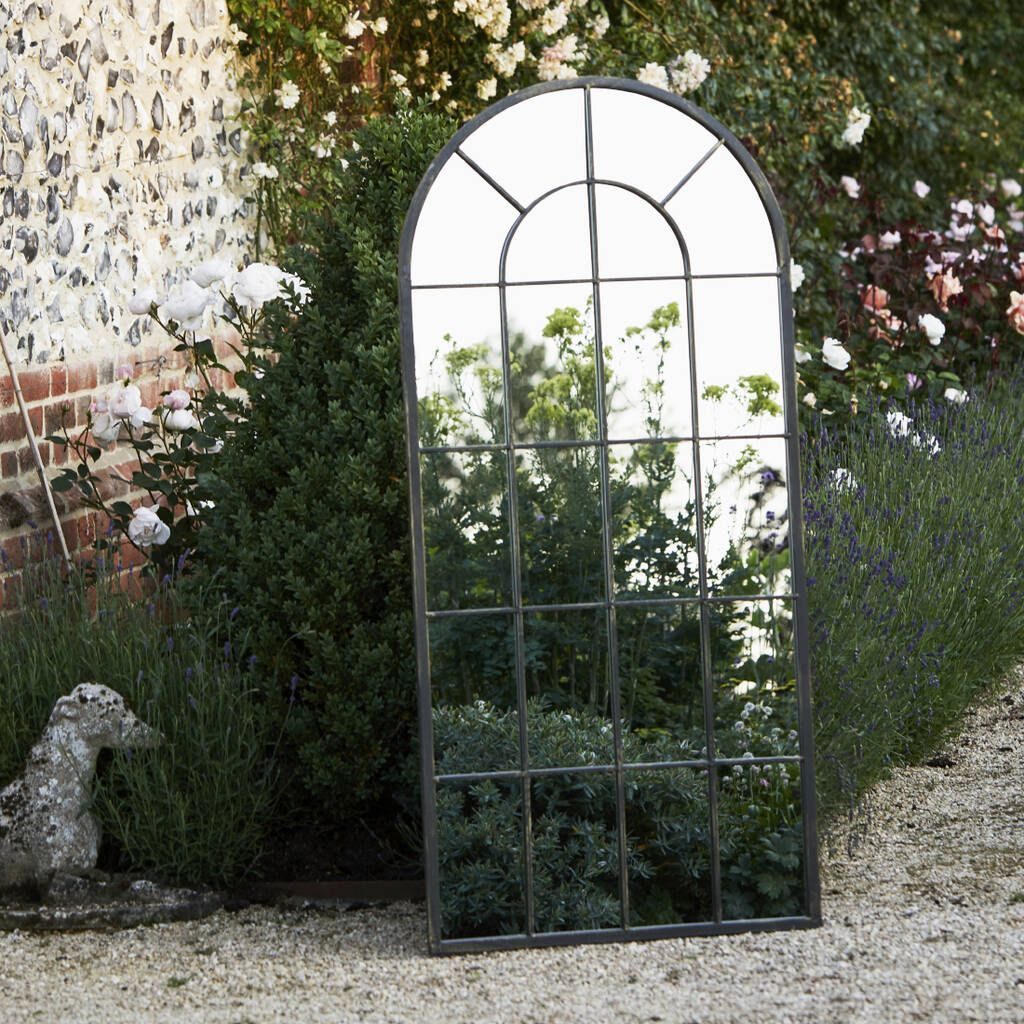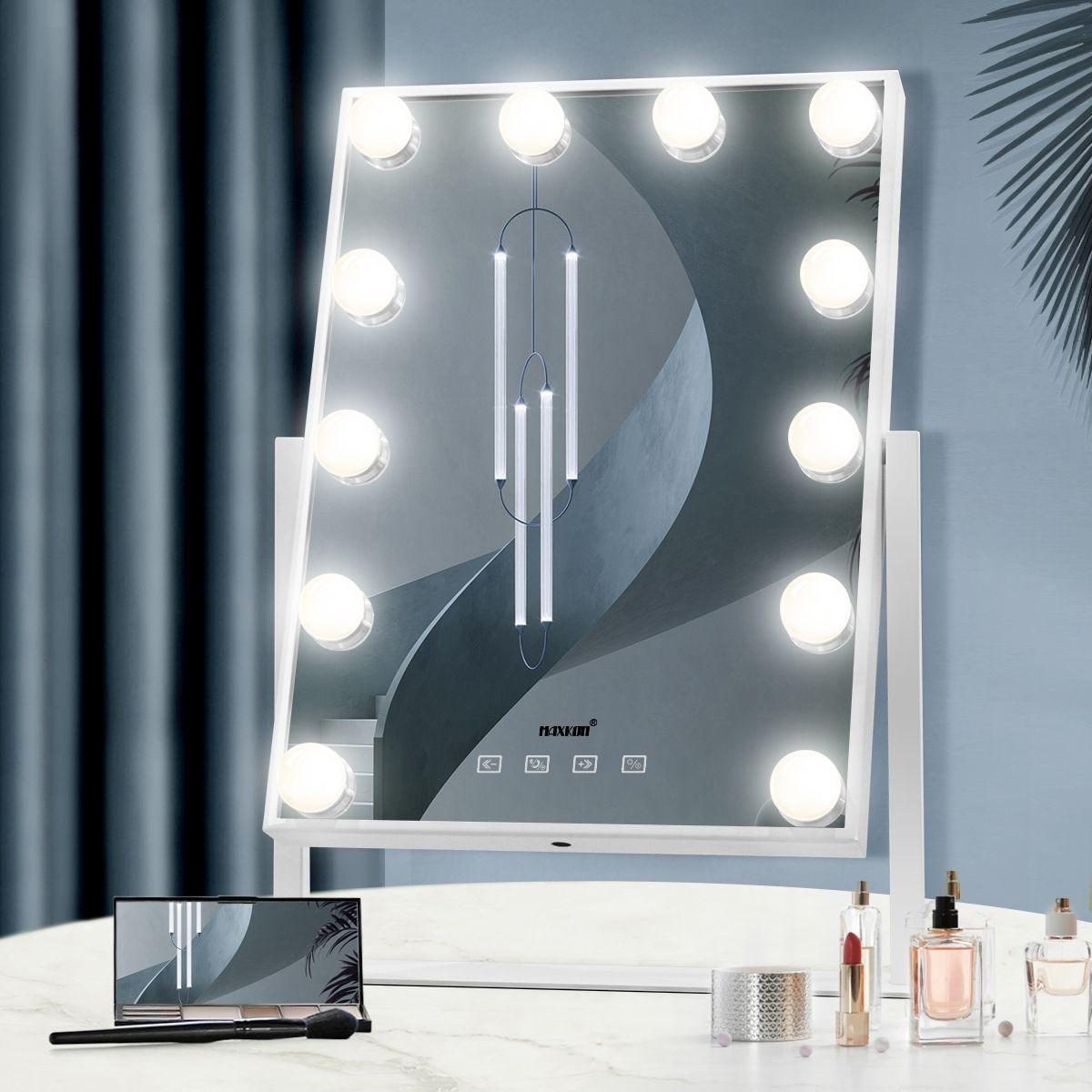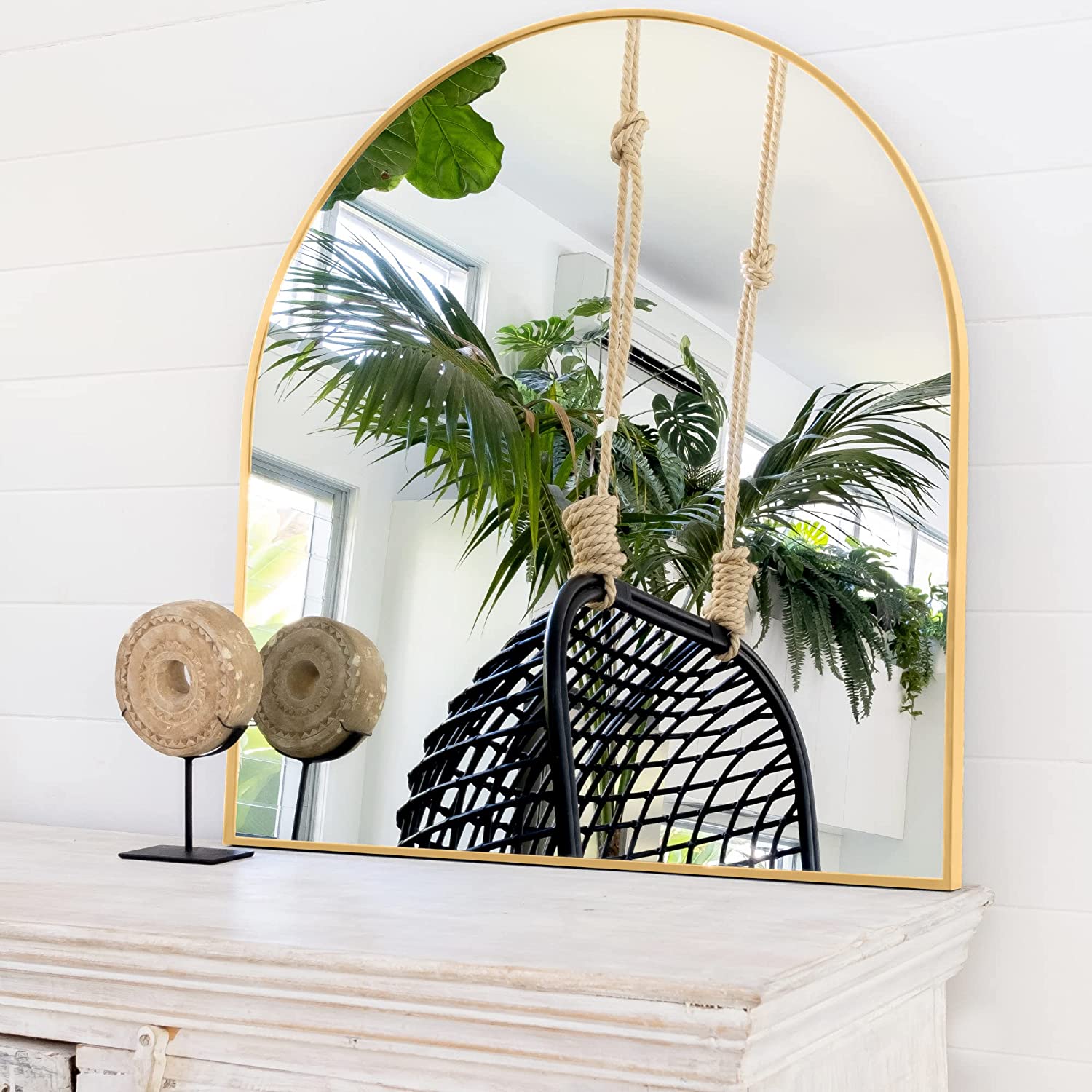Introduction: Bathroom mirrors have come a long way from being basic functional elements to becoming integral design statements. This article explores the evolution of bathroom mirrors, tracing their transformation from necessities to focal points of bathroom aesthetics.
- Historical Reflections: Early bathroom mirrors were simple reflective surfaces that served their practical purpose. These mirrors were often small and utilitarian, primarily used for grooming and personal care.
- Incorporating Style: As interior design evolved, so did bathroom mirrors. Frames were introduced to add an element of style, often matching the overall decor of the bathroom. This marked the beginning of mirrors as design elements.
- Size and Scale: With changing architectural trends, bathroom sizes fluctuated. Mirrors adapted accordingly, with larger mirrors becoming common in spacious bathrooms, contributing to the illusion of space.
- Integrated Lighting: The integration of lighting solutions with bathroom mirrors revolutionized their functionality. Backlit mirrors, LED strips, and even magnifying mirrors with built-in lighting enhanced the mirror’s practical use.
- Sculptural Statements: Contemporary bathroom mirrors have evolved into sculptural statements. Mirrors with unique shapes, unconventional framing materials, and creative designs elevate the mirror to an art piece.
- Smart Features: In the digital age, bathroom mirrors are embracing smart technology. Mirrors with built-in touch controls, Bluetooth speakers, and even integrated screens are redefining the bathroom experience.
- Multi-sensory Experience: Bathroom mirrors are moving beyond the visual realm. Some mirrors now incorporate features like defogging capabilities, heated surfaces, and even aromatherapy diffusers.
Conclusion: The evolution of bathroom mirrors is a testament to their versatility and adaptability in design. From their humble beginnings as functional tools, bathroom mirrors have progressed into design-centric elements that contribute to the overall aesthetic and functionality of modern bathrooms.



















